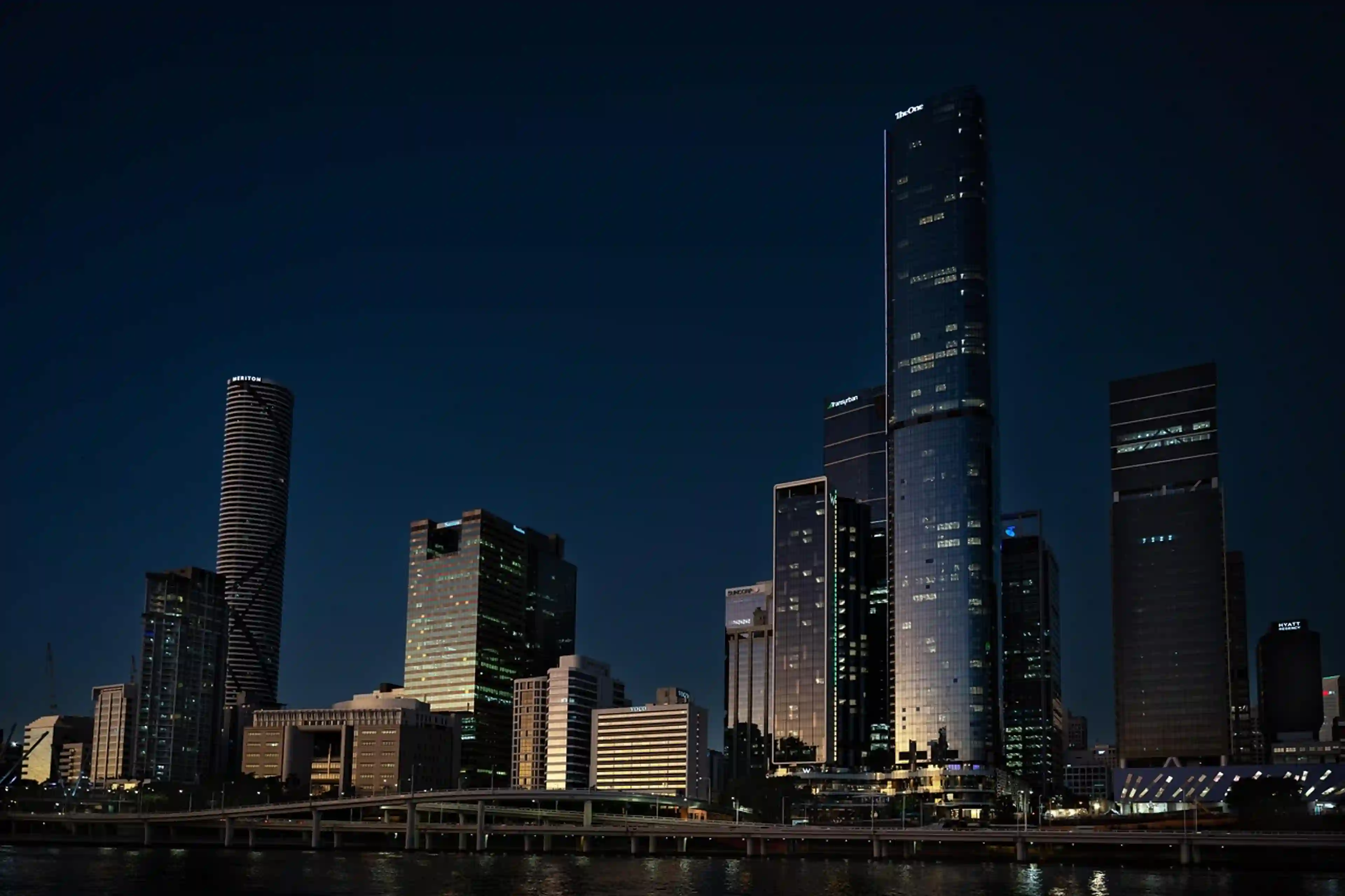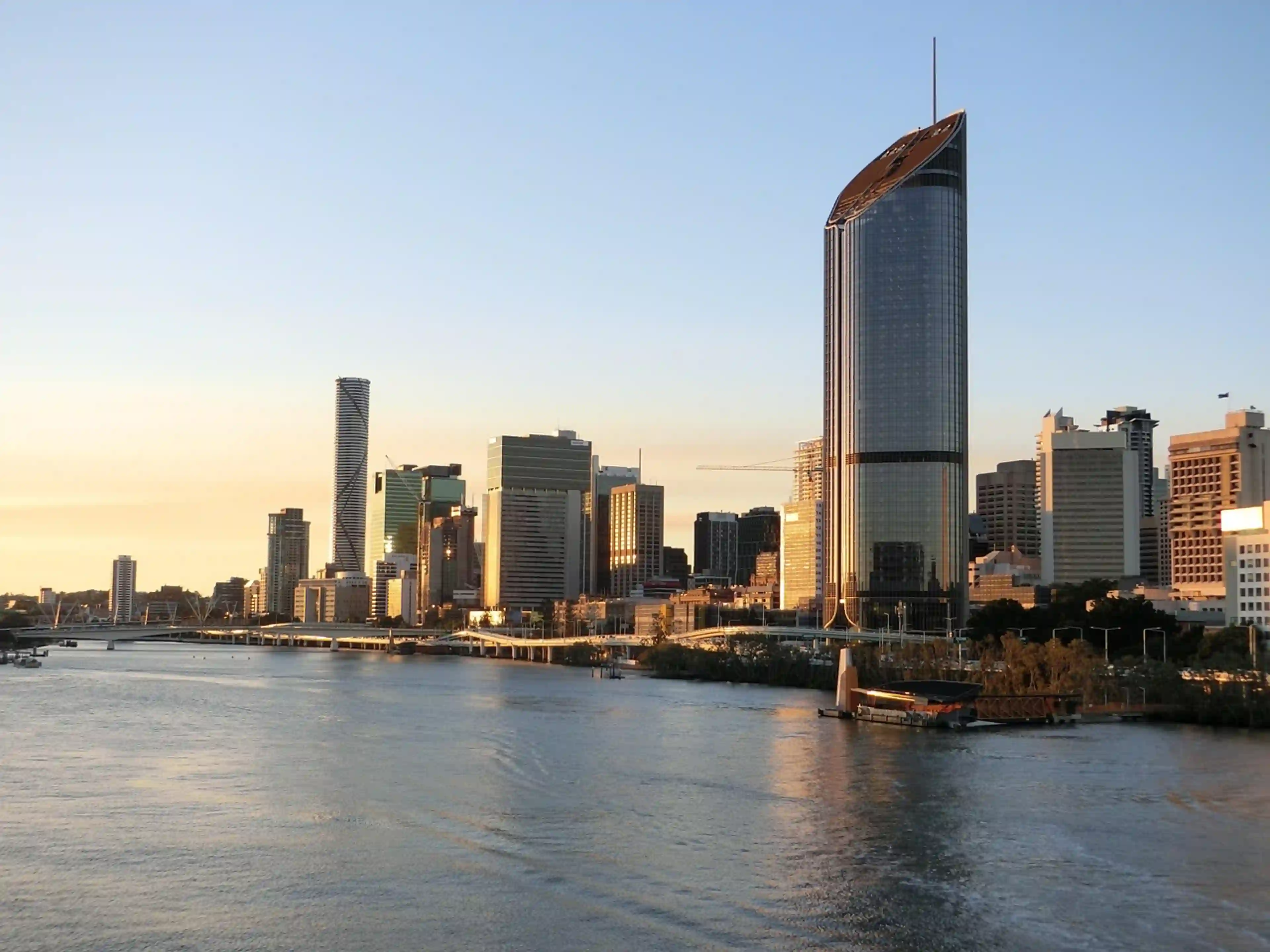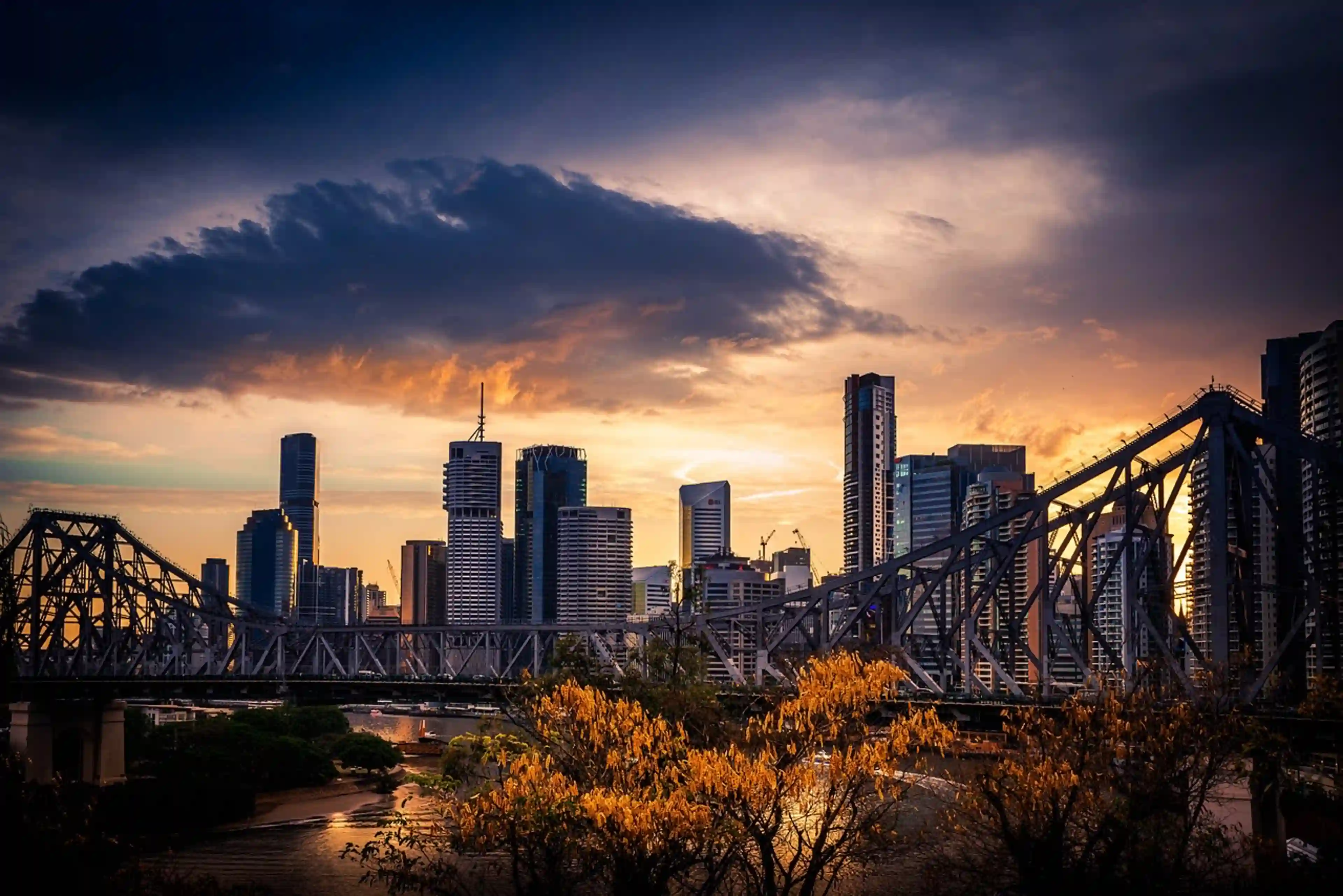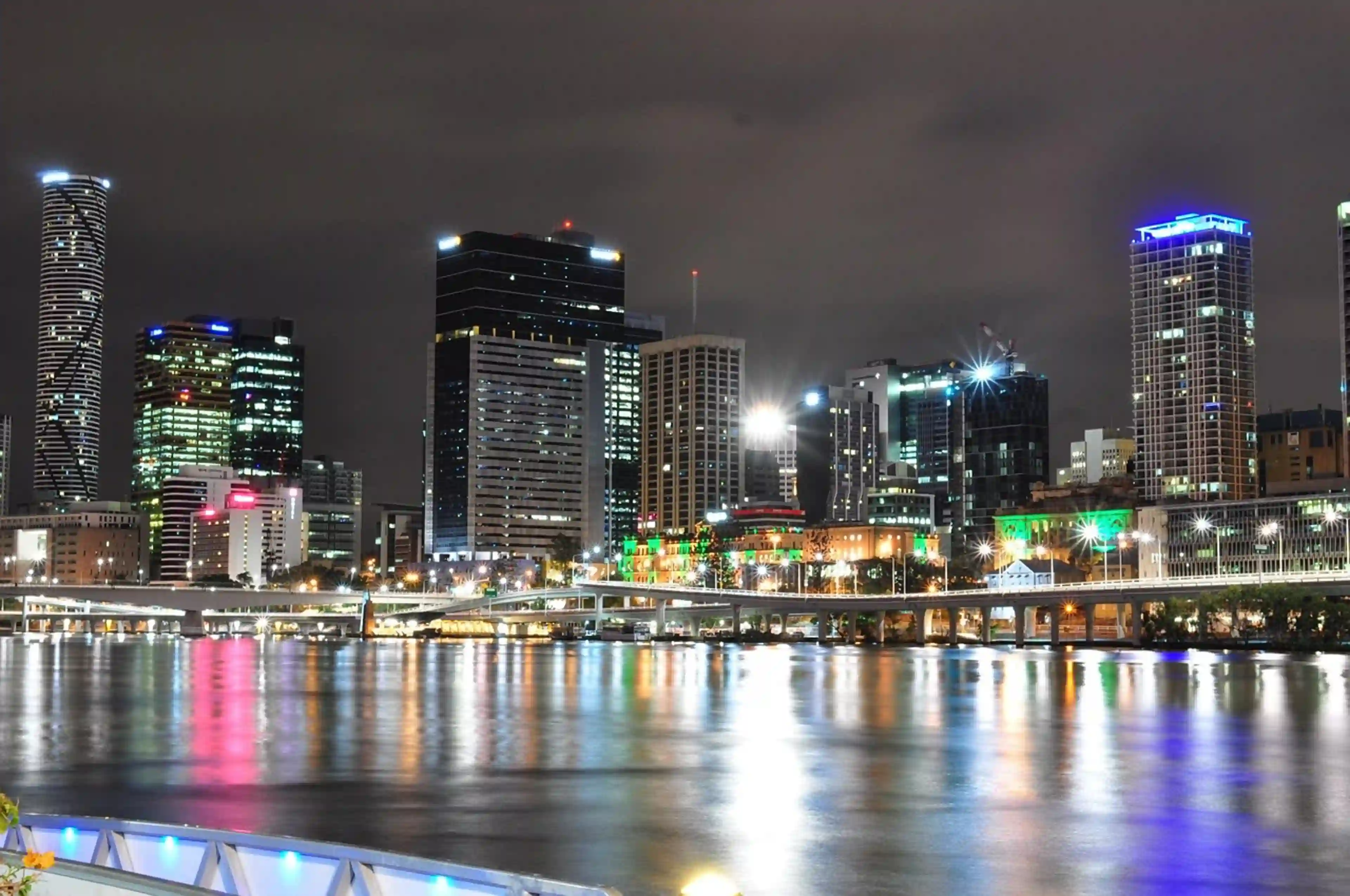Brisbane
General presentation
Top 50
History, culture & traditions
Travel advice
Wikipedia
Viator activities
Tiqets activities
Global presentation
Capital and largest city of Queensland, Brisbane stands out as the third Australian metropolis with its 2.8 million residents. This dynamic city has forged an international reputation by hosting major events such as the Commonwealth Games in 1982, the World Expo in 1988, and the G20 summit in 2014. The future looks equally promising as it has been chosen to host the 2032 Summer Olympics. Known for its pleasant subtropical climate, numerous green spaces, and vibrant cultural scene, the city offers a perfect balance between urban modernity and the Australian way of life.
Geographical situation
Nestled in the southeast of Queensland, the city thrives along the Brisbane River, just 15 kilometers from its mouth in Moreton Bay. Its territory spans a vast floodplain framed by the Taylor and D'Aguilar mountain ranges, creating an exceptional natural setting. This strategic position places it about 900 kilometers north of Sydney and 1,700 kilometers northeast of Melbourne, providing privileged access to the wonders of Queensland.
Ambiance and character
The relaxed and welcoming atmosphere perfectly characterizes the spirit of this Australian metropolis. The city successfully combines urban dynamism with remarkable proximity to nature, thanks to its many parks and botanical gardens that punctuate the urban landscape. Each neighborhood showcases its own personality: Fortitude Valley pulses with the rhythm of a vibrant nightlife, while South Bank invites relaxation with its cultural and leisure spaces by the riverside.
Climate
The humid subtropical climate offers particularly pleasant conditions throughout the year. Summers, from December to February, are characterized by temperatures ranging from 21°C to 29.8°C, accompanied by marked humidity and occasional refreshing thunderstorms. Winters, from June to August, reveal a milder face with average temperatures between 11°C and 21°C, during which dry and sunny weather predominates.
Best season to visit
Although the destination is suitable for discovery in any season due to its mild climate, the period from September to November deserves special attention. This Australian spring offers ideal conditions with warm and sunny days, reduced humidity, and a perfect atmosphere to enjoy outdoor activities and the many festivals that enliven the city.
Access
Brisbane International Airport (BNE), located 15 kilometers northeast of the city center, serves as the main gateway with its domestic and international connections. The Airtrain service provides an efficient connection to the heart of the city. Travelers can also opt for land connections from other major Australian metropolises, whether by train, bus, or car, with reasonable distances to Sydney and Melbourne.
Internal transport
The Translink network coordinates an exemplary public transport system, integrating trains, buses, and ferries for smooth mobility throughout the metropolitan area. Busways, dedicated bus lanes, ensure fast and efficient travel. The ferries, notably the picturesque CityCats, turn each trip along the river into a true pleasure. The city also encourages soft transport modes with an extensive network of cycle paths and pedestrian trails, including the famous Riverwalk that follows the meanders of the river.
Top 50
Wikipedia
Viator activities
Tiqets activities



